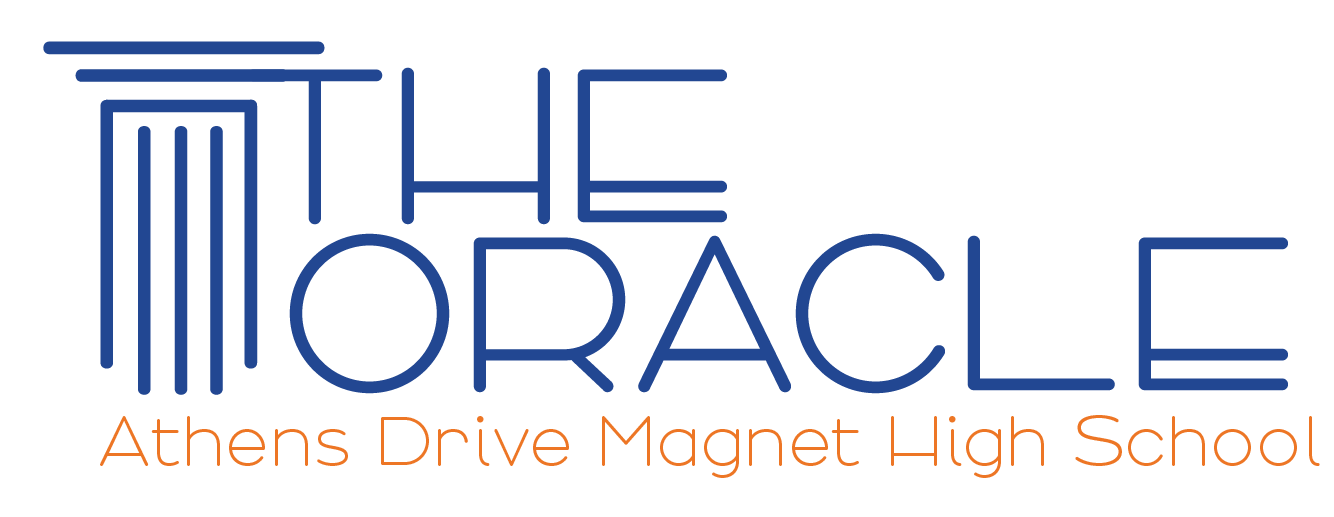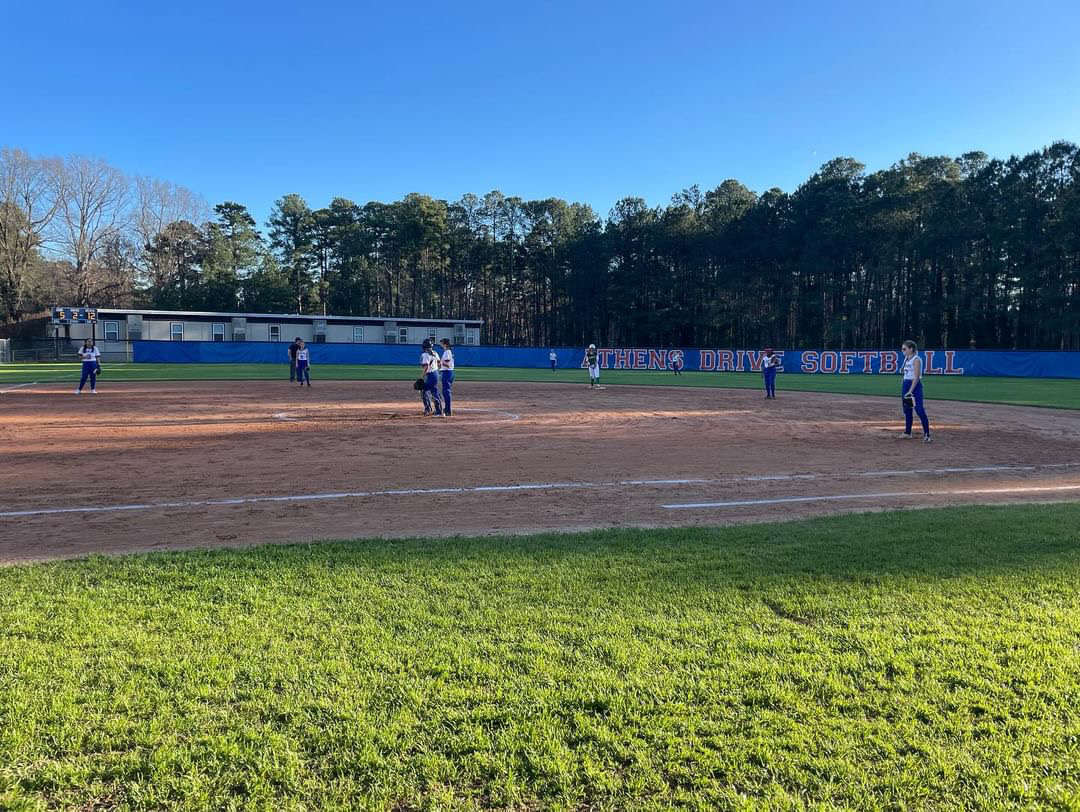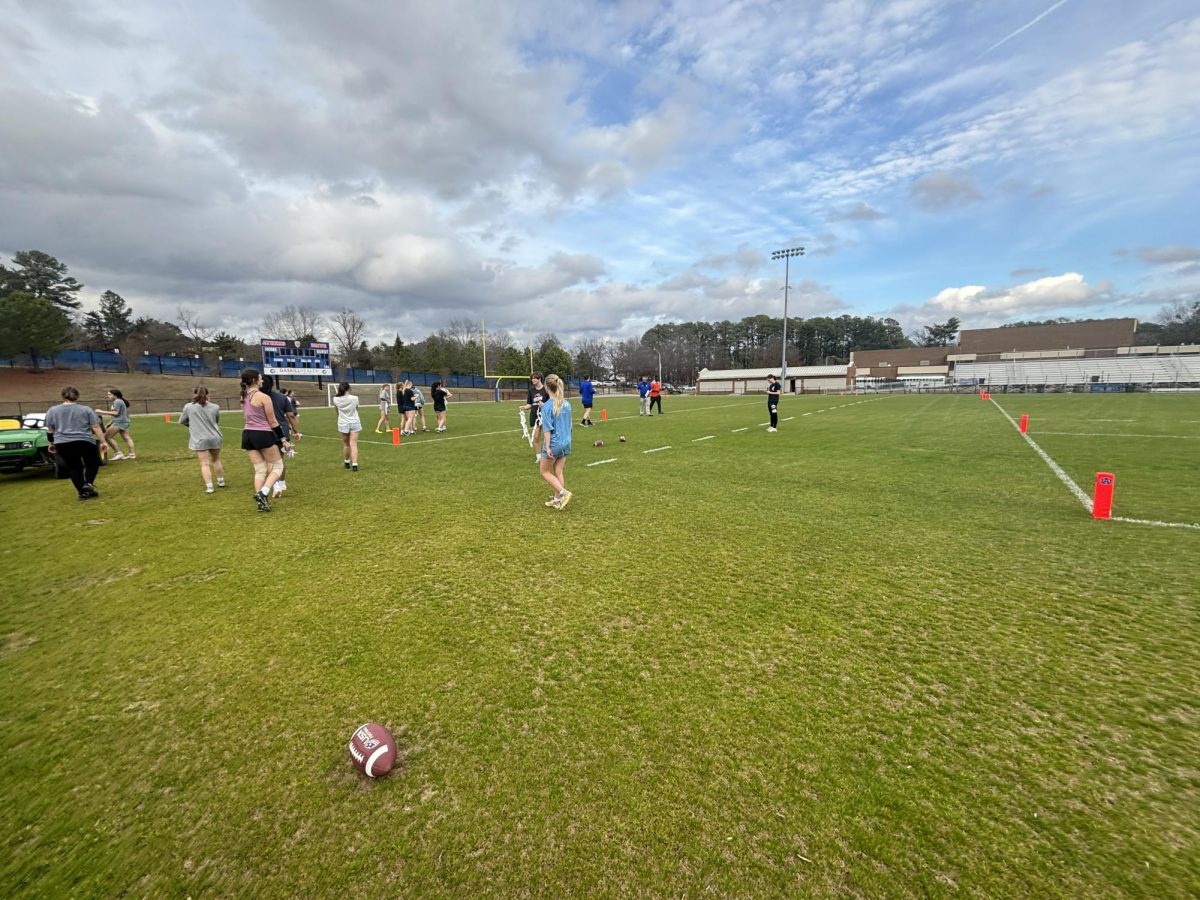The Athens Drive Athletic Training program adjusted to a new athletic trainer last spring, and the program continues to educate and provide service and care to Athens’ athletes.
Athletic Trainers
The profession of Athletic Training began early in the 20th century. Now there are about 40,000 athletic trainers (AT) practicing across the United States. Athletic trainers can provide medical service to all people in need of emergency medical attention, but they specialize in the services most needed by athletes. For the most part, athletic trainers are covered by the Good Samaritan Law, which says that as long as an AT performs responsibly when providing care as a first-responder, he/she will be protected from liability. Athletic trainers are also referred to as athletic therapists or physiotherapists, but they are not personal fitness trainers.
AT’s give service through prevention education, emergency care, clinical diagnosis, therapeutic intervention and injury/medical rehab. In order for an athletic trainer to practice, he/she needs an education of injury/illness prevention, first aid emergency care, injury/illness assessment, human anatomy and physiology, therapeutic modalities and nutrition. He/she also needs clinical experience prior to starting his/her career. Most (70%) athletic trainers earn at least a master’s degree.
Athens Drive AT
Drew Phillips, the athletic trainer at Athens, studied athletic and school health at Eastern Carolina University (ECU). He worked with multiple sports teams at ECU to gain more experience. After Phillips graduated, he started his career at West Craven High School, where he worked as their athletic trainer. Last spring, Phillips transferred to Athens to replace Mike Hughes, the sport’s medicine instructor and athletic trainer at Athens.
“Athens had a good program before I came, so not much has changed. I’ve just put my own spin on the way I teach the curriculum’s material. The best part about being an athletic trainer is helping athletes achieve their greatest potential and giving them someone whom they can count on,” said Phillips.
High School Sports Injuries
In the United States, approximately 30 million youth participate in sports. High school athletes suffer from 2 million injuries per year and account for the highest number of emergency room visits for sport-related injuries. Also, 62% of those injuries occur during practice, and more than half of them are preventable.
“The most important things athletes need to be aware of are nutrition and how to take care of themselves. They need to know how to properly warm up and cool down. Prevention is especially significant because we have the ability to stop injuries before they even happen,” said Phillips.
Only 42% of American high schools have athletic training services, and 47% of schools fall short of the federally recommended nurse-to-student ratio.
“It’s important to have a sports medicine program because we can recognize injuries right away. We can also work to prevent injuries by educating athletes and coaches. An athletic training program also cuts down medical costs since it’s free and athletes don’t necessarily need to go to a rehab clinic. Also, we have trained first-responders at all athletic events,” said Phillips.
Further Information
For more information about athletic trainers, visit the National Athletic Trainers’ Association at www.nata.org/athletic-training. To find out more about the Athens’ sports medicine program,contact Phillips at [email protected].






